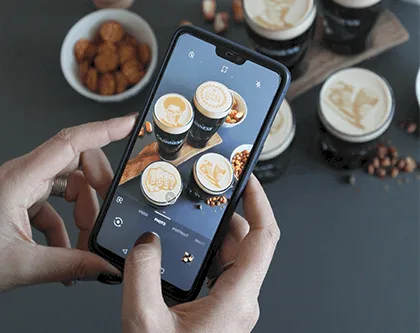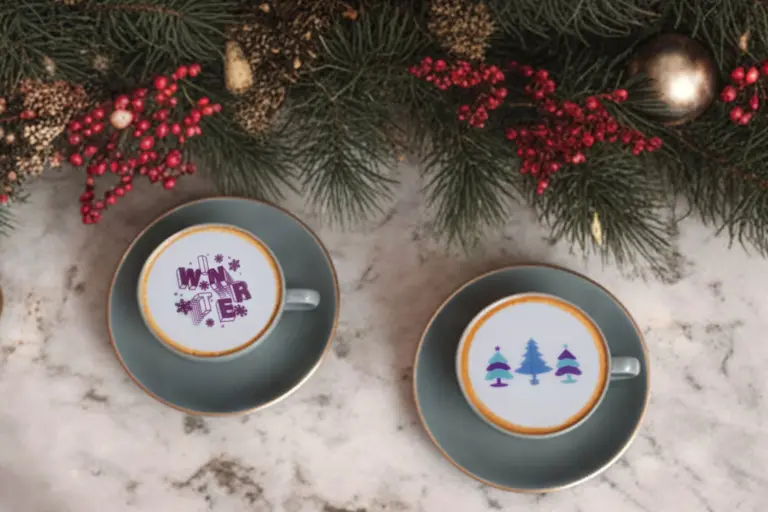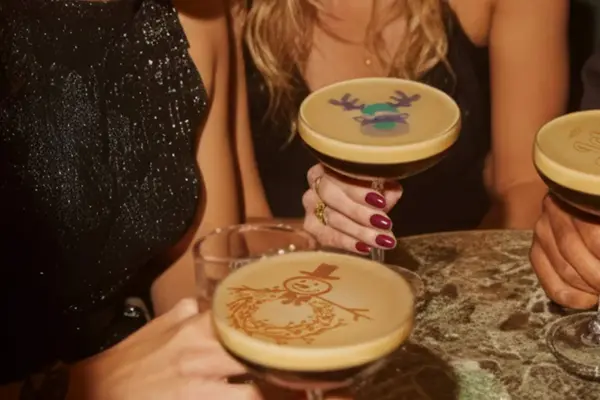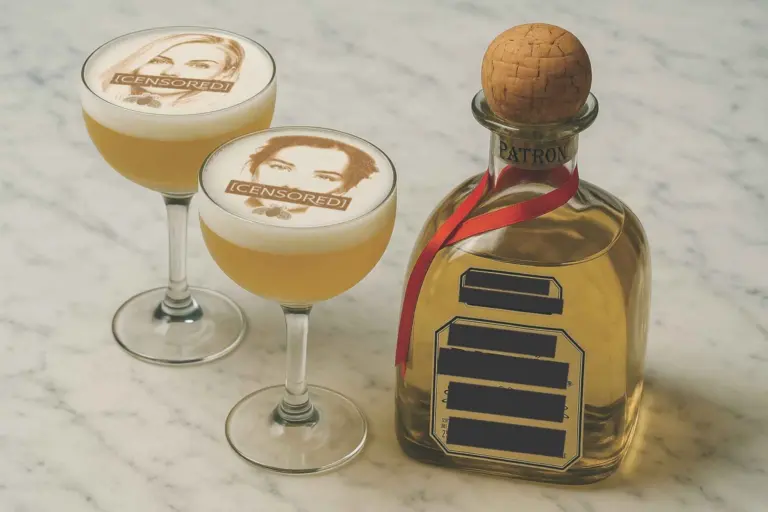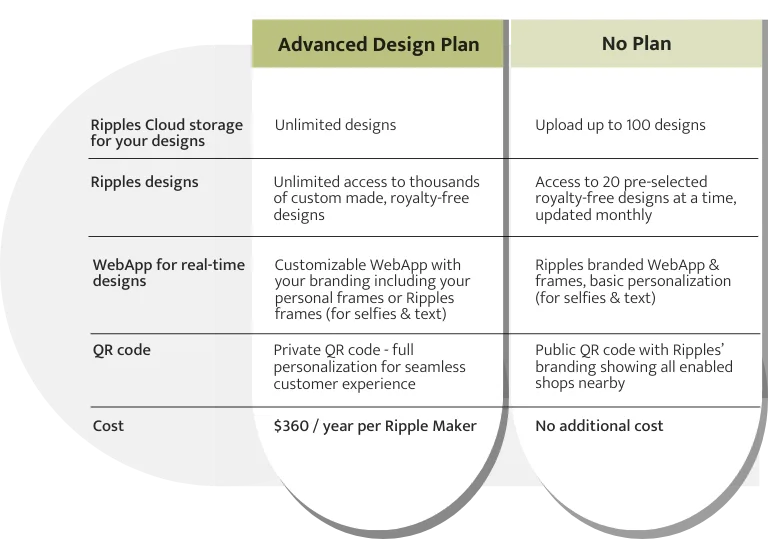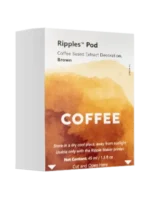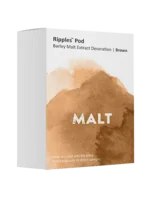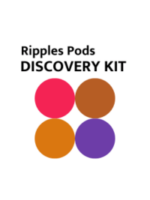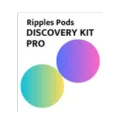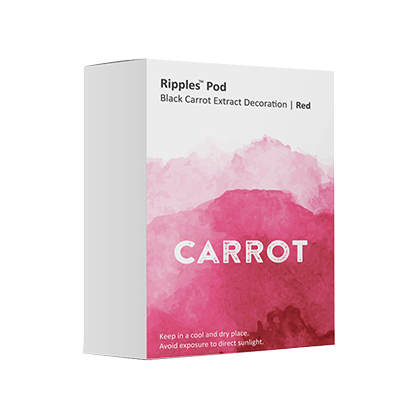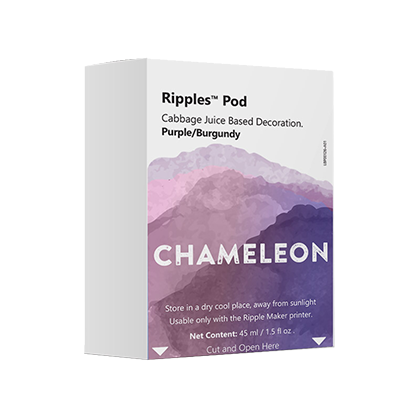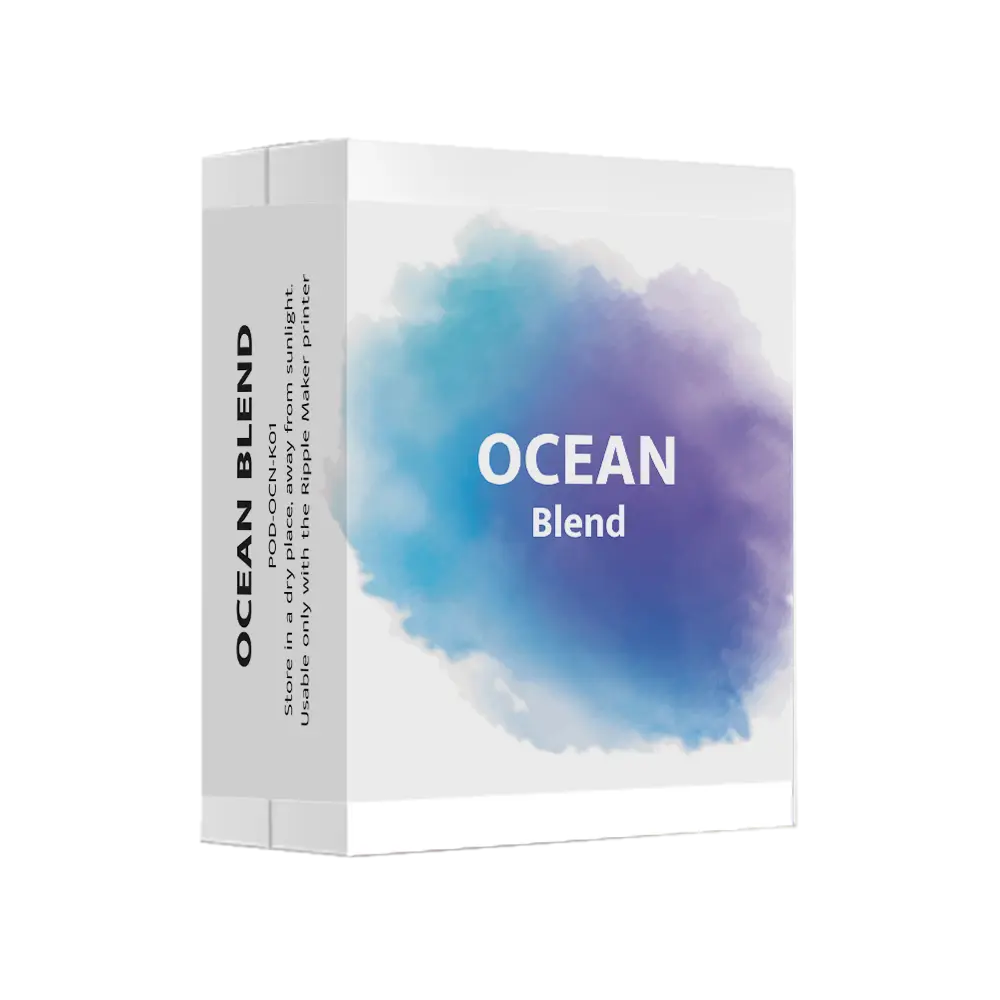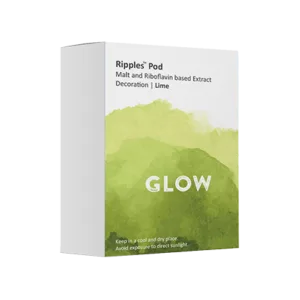Recent global events have changed countless aspects of consumers’ lives, including their spending habits. According to McKinsey, 75% of US consumers opted for new brands during the pandemic, and 1 in 4 consumers globally have done so. This shift is sudden but may not be fading, as we learn that nearly 90% plan to stick with their new choices. Companies in a wide range of industries are forced to immediately adapt to a new reality that continues to change rapidly. While the COVID-19 outbreak has slowed down our daily routine in some sense, brands are experiencing something completely different, have very little time to adjust, and could use all the help they can get.
That’s where technology comes in. Years of data collection and online sharing offer a few valuable insights regarding consumers’ current whereabouts and preferences. The digital seeds we’ve planted come to fruition and provide much-needed quick advice. If you’re looking for new and effective ways to harness technology during this critical period, here are a few ideas to keep in mind.
Selfie, selfie on the wall, where are they all?
The pandemic caused many to leave big cities and move to the countryside. Between March and May, 5% of New York residents left the city, and many regions worldwide experience the same immigration wave. In their attempt to figure out customers’ current locations, brands can turn to social media in search of helpful clues.
Letting the world know what you’re up to by sharing your current location on social media is standard practice. Around 70% of social media users feel comfortable sharing their location online. Since dining and drinking out top the list of activities that involve social media check-ins, beverage brands have good reasons to follow social media posts published by consumers by searching for check-ins, key terms, and hashtags.
View this post on Instagram
Social media also provides information regarding consumers’ new leisure habits. Many bars and cafés are prohibited from operating and invite people to enjoy a curbside coffee and beer. Understanding this phenomenon’s magnitude and locality can help beverage brands create a better experience for their target audience.
Reading is fundamental
The content people choose to consume says everything about their current state of mind. During these turbulent times, we can’t seem to focus on anything other than the pandemic. Almost half of Americans say they constantly discuss the COVID-19 outbreak, and our digital news consumption is significantly higher. On the other hand, many of us try to escape this harsh reality by seeking lighthearted content that offers some consolation, which is why advertisers are currently focusing on humorous campaigns. Either way, the messages we choose to consume and share can reveal our expectations from brands. Companies should pay close attention to content choices made by their target audience.
This is an opportunity for beverage brands to pick up on those messages and enhance them through bev-top media technology. Ripples’ data shows that during August, for example, coffee drinkers overwhelmingly chose images of pandas, which may indicate a need for comforting and heartwarming content. We can also see that beer and cocktail drinkers preferred summer-inspired visuals to boost their mood and optimism.
View this post on Instagram
View this post on Instagram
It’s important to keep in mind that bev-top content is a two-way street. Brands can both study the general mood based on the content consumers choose to print, as well as communicate messages of support by printing encouraging images and text. As coffee and beer drinkers must take their cup to-go, leaving a special note can make all the difference and form a stronger bond between brands and consumers.
Big Beer data
Speaking of beer, our alcohol consumption has changed dramatically over these past few months, rising between 25 to 55% according to recent Nielsen research. We also see a rise in new consumption journeys as bars are kept closed in many areas, and home deliveries or beer-to-go options become more present.
Beer brands have to make certain changes to keep up with market demands. Luckily, beer monitoring technology enables them to do just that. We’re big believers in data, as evident by Ripples’ F&B Data Insights Tool. Companies like Weissbeerger (acquired by AB InBev) track beer taps to monitor and analyze consumption, enabling brands and pubs to focus their efforts wisely. During unstable times, when the importance of budget restrictions grows, preventing wasted resources and identifying high-selling points is crucial. Consumption monitoring can also help brands shift their regional focus and shipping priorities by learning where customers now reside.
Changes in consumers’ schedules can also be deduced using beer monitoring technology, as well as irresponsible drinking habits, which should be addressed in topical campaigns.
The above examples demonstrate the power of technology in offering in-depth insights that brands can analyze and implement almost immediately. Technology enables brands to fine-tune their regional sales efforts and marketing messaging based on specific market needs. When common assumptions are out the window and understanding your target audience feels like a shot in the dark, technology offers a path that is both fast and insightful.
